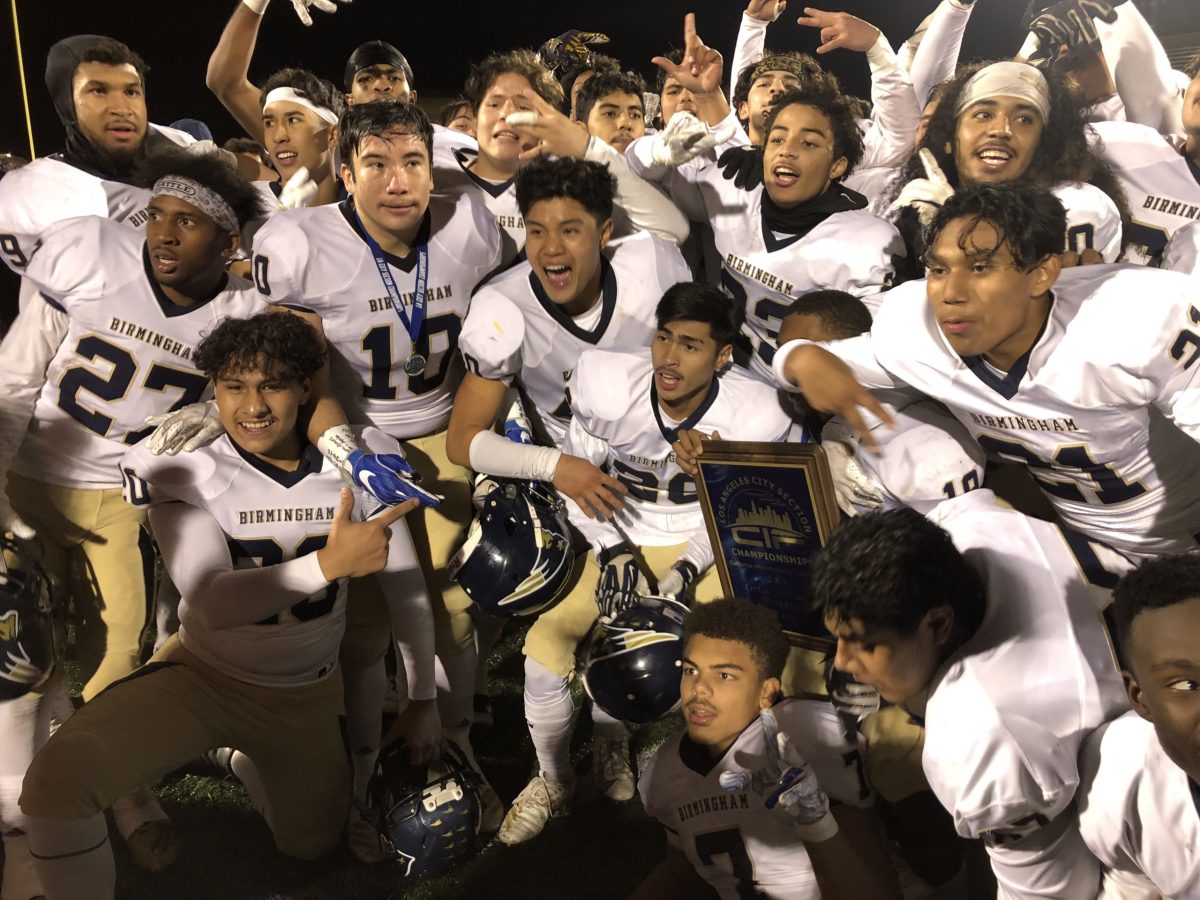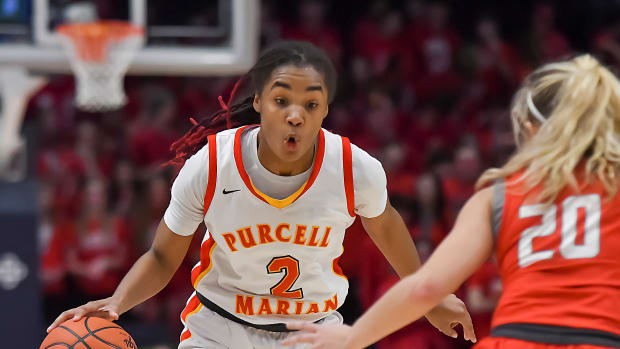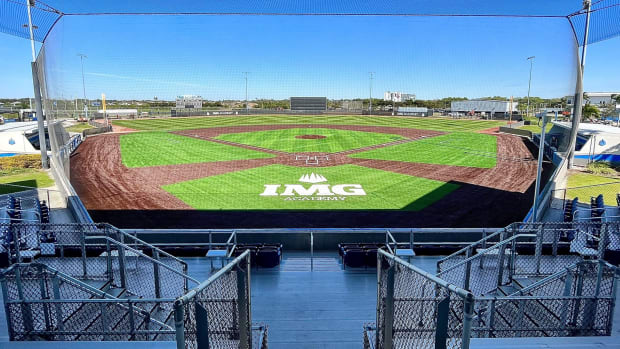Getting to 'red tier' of COVID-19 numbers in Los Angeles County imperative for a return to sports in LAUSD

California Gov. Gavin Newsom released the “Blueprint for a Safer Economy” on Aug. 28 which outlined when schools and businesses can reopen in the state.
It's a tiered system that monitors every county's COVID-19 test positivity and adjusted case rate. Here's how the system works:
"Every county in California is assigned to a tier based on its test positivity and adjusted case rate. At a minimum, counties must remain in a tier for at least 3 weeks before moving forward. Data is reviewed weekly and tiers are updated on Tuesdays. To move forward, a county must meet the next tier’s criteria for two consecutive weeks. If a county’s metrics worsen for two consecutive weeks, it will be assigned a more restrictive tier. Public health officials are constantly monitoring data and can step in if necessary."
Los Angeles County is currently in the "purple widespread" tier, which is the most restrictive one. While socially distanced conditioning will likely be approved in the upcoming week for high school athletes at LAUSD schools, normal practices and athletic contests won't be allowed until LA County moves to the "red substantial" tier.
Here's a look at the tiers:
"We are going to get on campus," LAUSD Director of Athletics Trent Cornelius said at an LA City football coaches meeting on Monday night. "We are going to start conditioning on campus with our athletes. When we phase from that to more, I have no clue."
"I do know that we can't be in purple and still play a whole football season the way that we're accustomed to playing and coaching football."
Full practices for football, competitive cheer, boys and girls cross-country, boys and girls volleyball and boys and girls water polo are scheduled to begin Dec. 14. Whether they will be allowed at that time is to be determined.





